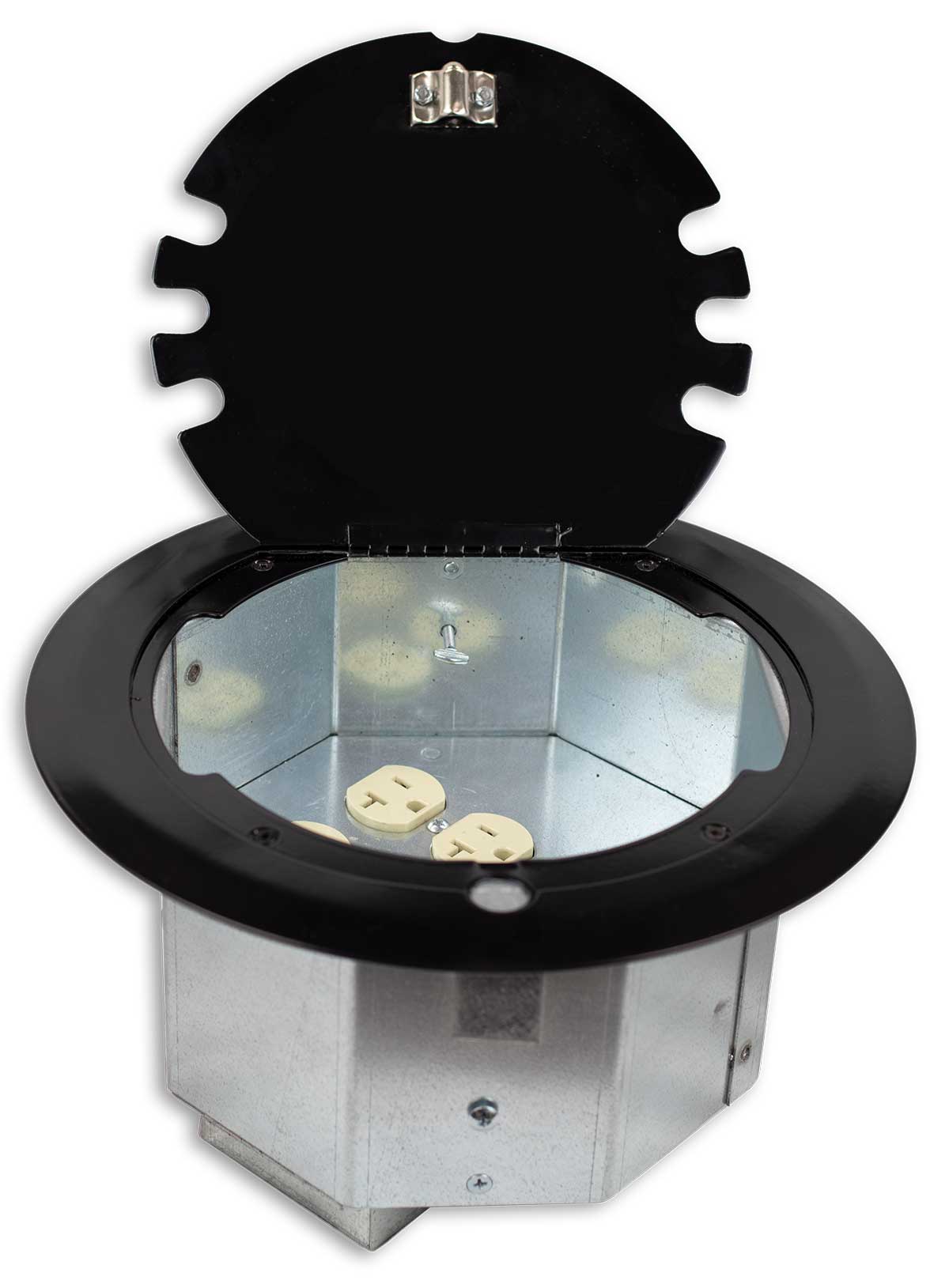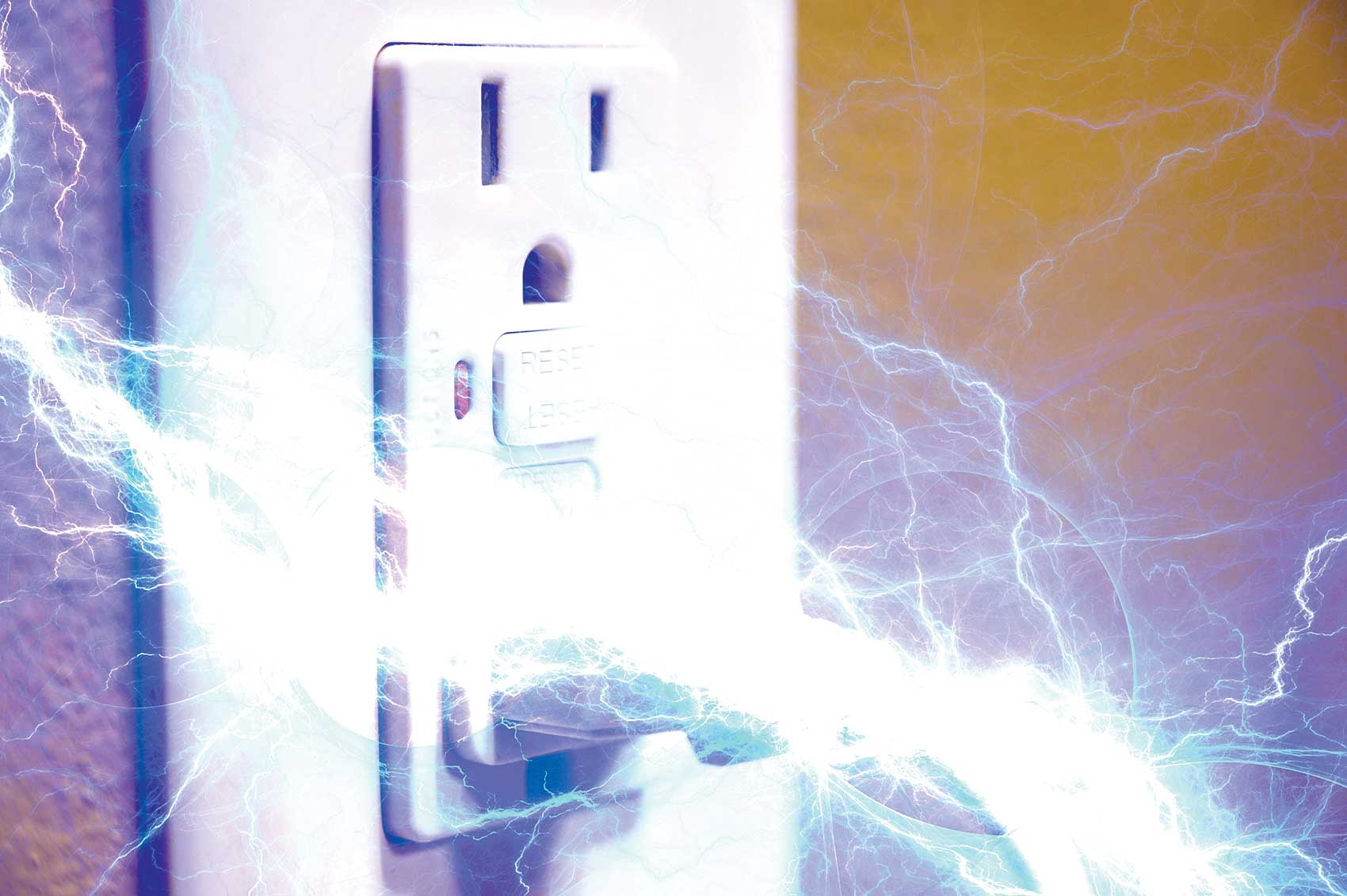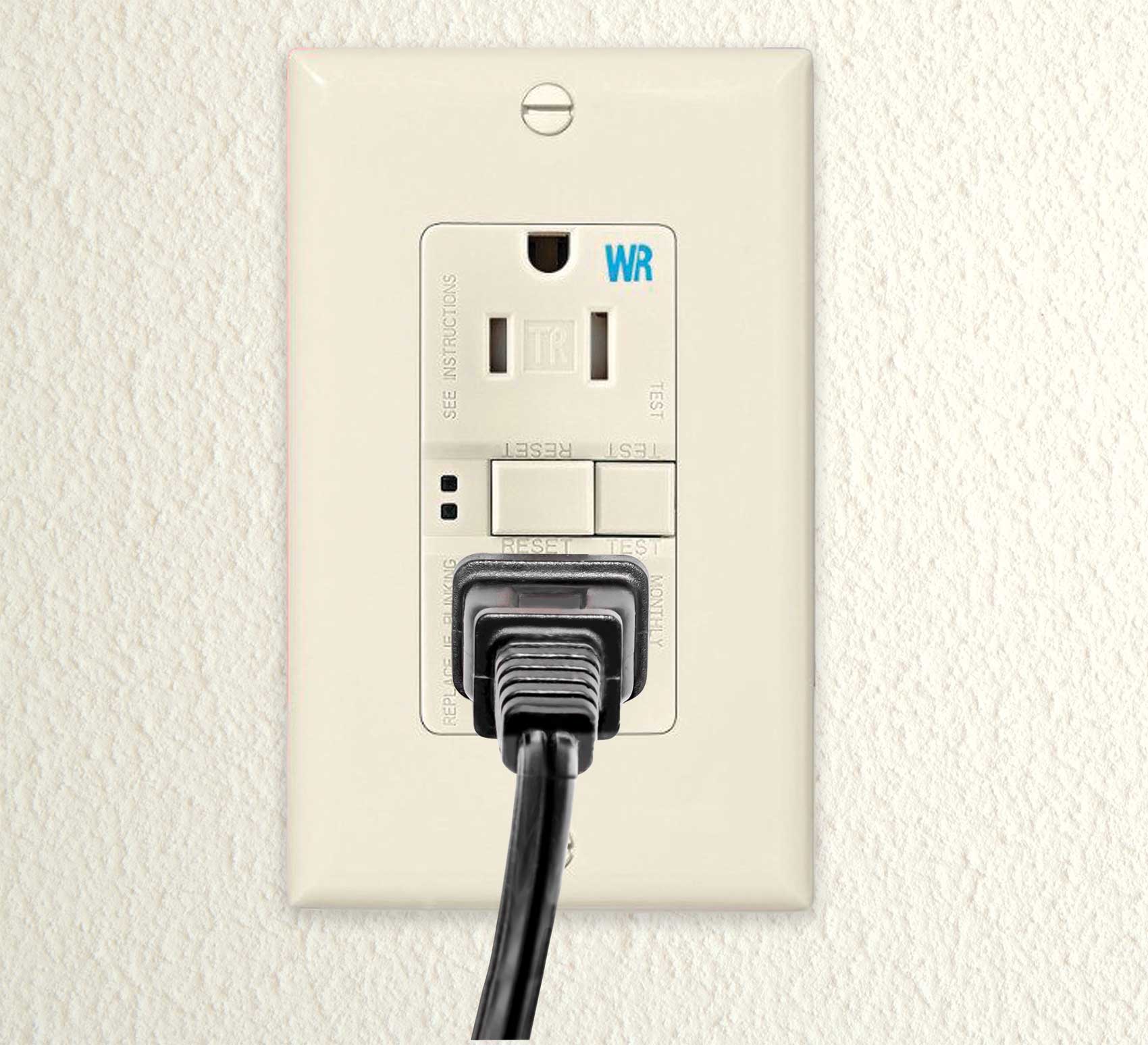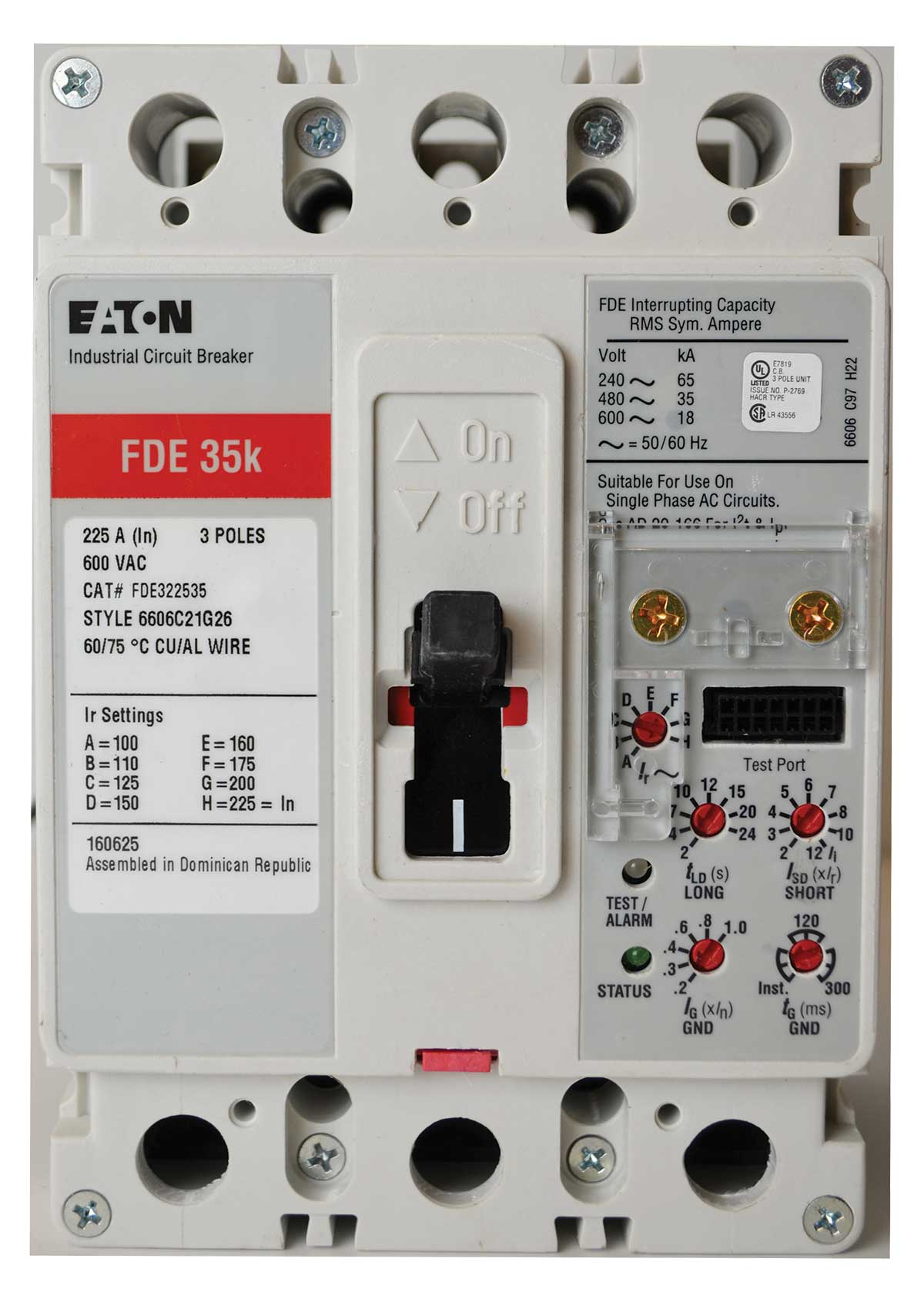Resilience to power outages begins with the healthcare facility and its leadership. Facilities that prepare and plan for the unexpected will be less likely to have catastrophic failures and will be able to request and receive temporary assets faster if needed.
Selecting materials for electrical installations in environments that are or could be corrosive can be challenging.
From time to time, a request is made, typically by an installing electrical contractor, to label some or all the components of a modular wiring system with the circuit ID before shipping to the job site.
With options of panelboards, switchboards, and switchgear, the electrical system designer has a robust palette of options to provide the required overcurrent protection for conductors throughout the facility.
NFPA 70E Article 120, Establishing an Electrically Safe Work Condition, provides the lockout and tagout requirements necessary to provide an electrically safe work environment for the employee.
Ground faults arise when current flows from an energized conductor to ground inadvertently. The return path of the fault current is through living beings or equipment touching the grounding system. Ground fault detection is critical to protecting people and animals from shock or death.
The calculation of general-purpose branch circuits is determined by using a general unit load of 3 volt-amperes per square foot for one- and two-family dwelling units, which is derived from NEC Table 220.12.
To play this code quiz game on dwelling unit requirements, you need a sharp eye, a quick mind, and a copy of the 2020 National Electrical Code (NEC).
The expansion of ground-fault circuit-interrupter (GFCI) protection in the 2020 National Electrical Code® (NEC®) is a step toward increasing electrical safety regarding electric shock protection.
What is fault current? What is short-circuit current? The answer is the same for both questions, because they are two different ways of saying the same thing.










